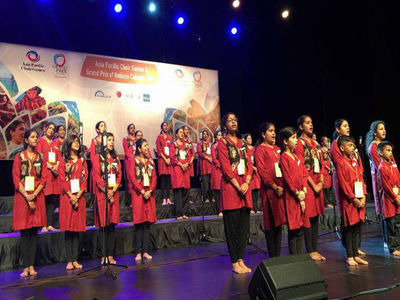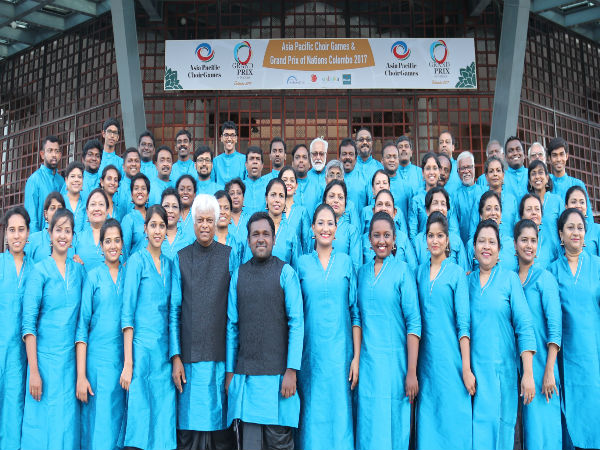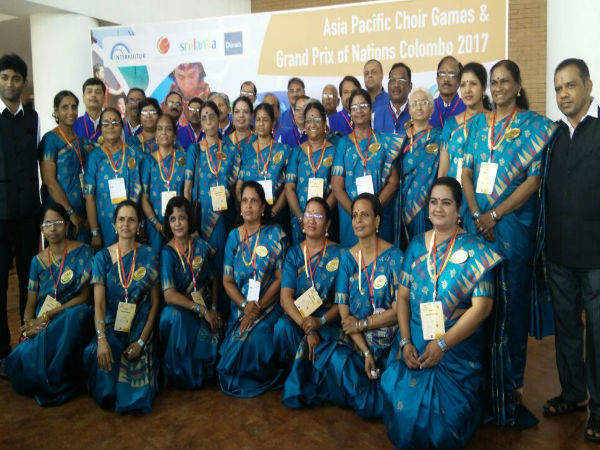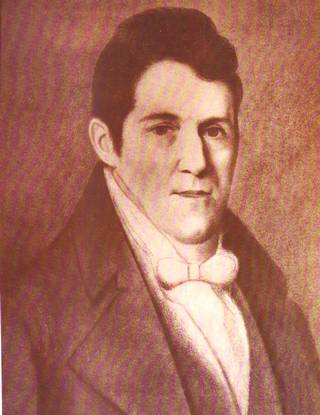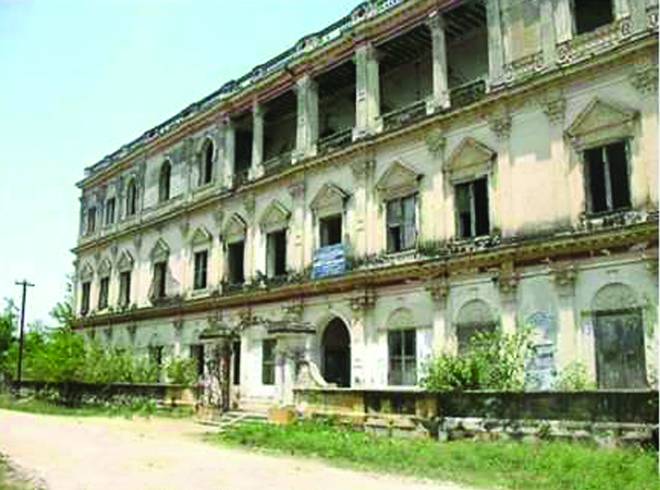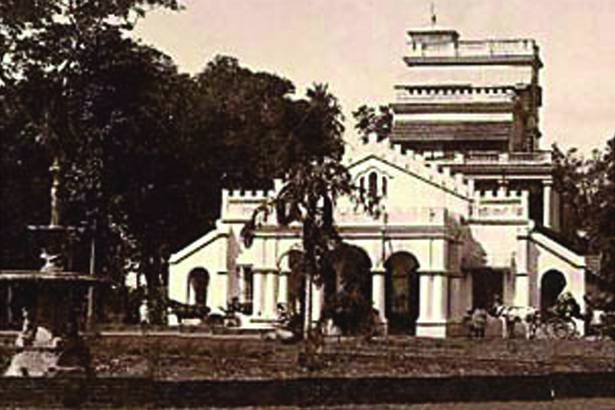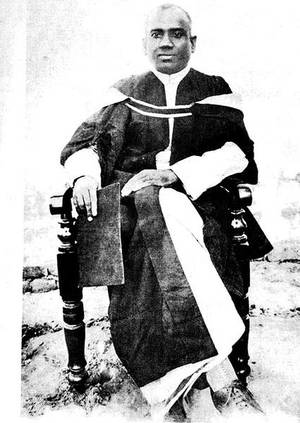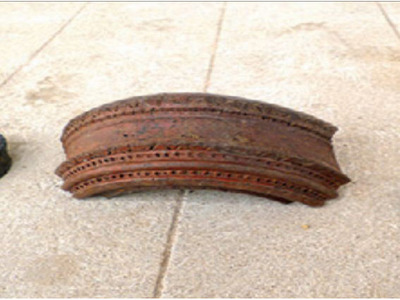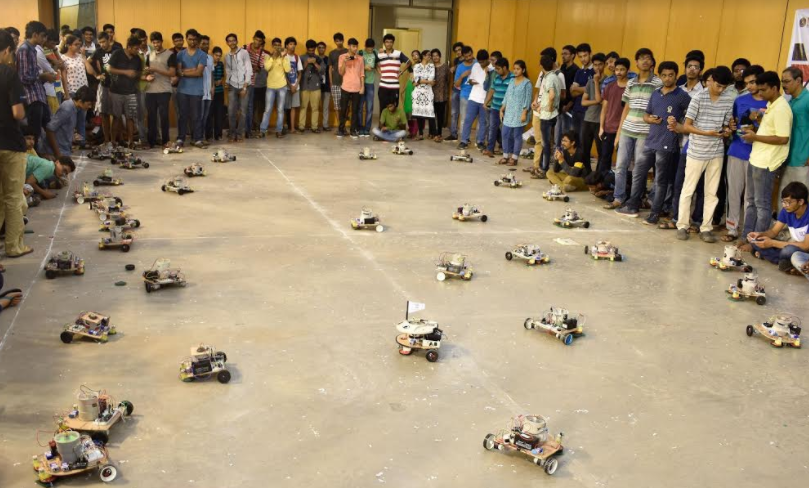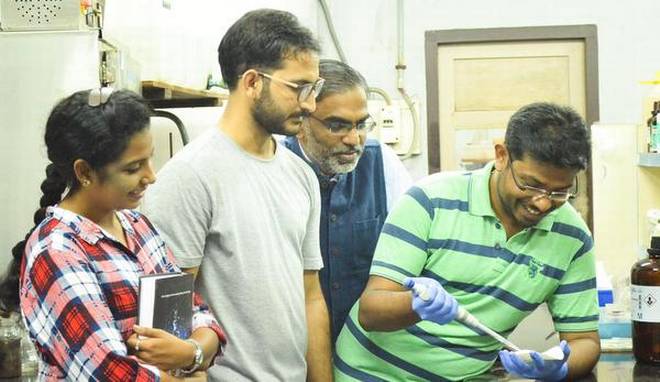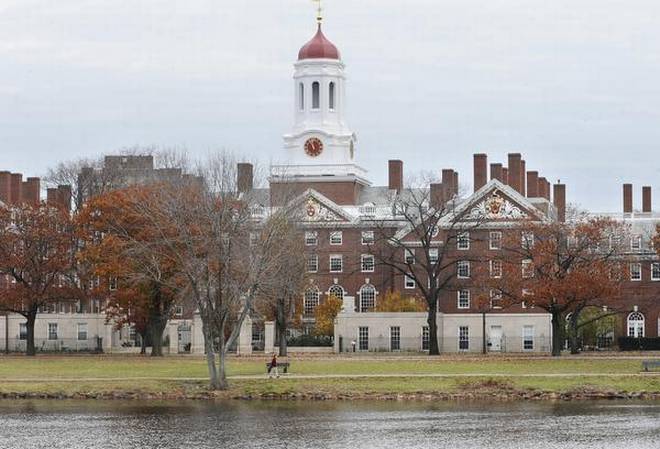There have been several Chennai-based individuals and groups from different fields who have put the city on the global map with their exceptional achievements over the years. And this time around, three choirs from Chennai — Madras Musical Association (MMA), Sargam and Bank Employees Art Troupe (BEAT) — have made the city proud, competing in the 4th Asia Pacific Choir Games in Sri Lanka, an international-level competition that featured choirs from nine different nations, and winning accolades.
For the Madras Musical Association (MMA), which is more than a century old, taking part in this competition was a first-time experience, though it had earlier performed in several prestigious international events, including 2012 Pre-Olympic music events in London. Its conductor, Augustine Paul, says, “MMA is participating in a competition for the very first time. All our overseas travel so far had been for mega concerts, performed as mass choir, presenting western classical music. This time, one of the main challenges was to do all the pieces from memory. Generally, MMA meets for practice only once a week, but for this, we rehearsed nearly for three months and closer to the competition, the choristers met in small groups for extra practice sessions to perfect each of the pieces.”
The 60-voice choir of MMA won golden diploma and silver diploma in Musica Sacra with Accompaniment and Adult Choirs categories, respectively. Augustine says it was an eye-opening experience for the choir. “Many of us got to see the standard of choral music across different Asian countries. The results have given us satisfaction and happiness. Our choir has gained a lot of confidence and I am sure that our members will pursue classical music with much more passion in the years to come,” he shares.
Sargam Choir won silver diploma in Folklore A cappella and its conductor, Dr Sudha Raja, shares, “It was in 2011 that Sargam started as a children’s choir. Once parents started coming to drop their children for practices, they developed an interest in singing and I started adult choirs for men and women as well. Now, Sargam consists of 150 members, including kids, men and women. We meet for practice every Sunday. In the choir, there are many kids who learn Carnatic music from me. In fact, Uthara Unnikrishnan, the National Award-winning singer, is also a part of our choir, and was also present in Sri Lanka for the competition. The youngest member in the choir is around three-and-a-half years old and the oldest is 68.”
Dr Sudha, who has a doctorate in Indian choral music, adds that it was a matter of pride to represent the country.
“If you look at choirs from other countries like Indonesia and China, they are all supported by the government, with the conductors on the payroll of the government. The children and adults are paid to come for rehearsals and performances. It’s only the Indian choirs that do it for the love of it without any monetary gains. For this trip to Sri Lanka, each member of the choir, including me, spent money from our own pockets. I hope our government realises the importance of choir competitions and support singers and conductors, and also host such events in the country. With Chennai being a cultural hub, the city should host Asia Pacific Choir Games some time,” she opines.
EAT won bronze and silver diplomas in the two categories they competed in. It’s conductor, Rajarajeshwari Sivaramakrishnan, says, “BEAT is more than 25 years old and we believe in meaningful entertainment. BEAT members meet every Sunday for practice. We feature songs which highlight patriotism, national integration, social themes such as women’s liberation, environmental awareness, unity, equality, religious harmony, world peace, culture, etc. Poems of Subramania Bharathi, Bharathidasan and other renowned poets and Thirukkural are also adopted.
For a native flavour, we feature some folk songs also. We sing not only in Tamil, but also in the other languages like Malayalam, Telugu, Kannada, Hindi, Bengali, Gujarati, Punjabi, Marathi, Assamese, etc. We follow the legacy of the Late MB Srinivasan, the pioneer of choir music in Tamil Nadu.”
source: http://www.timesofindia.indiatimes.com / The Times of India / Home> News> City News> Chennai News / Ashish Ittyerah Joseph / October 31st, 2017
